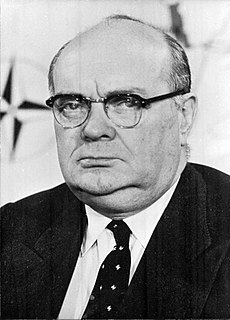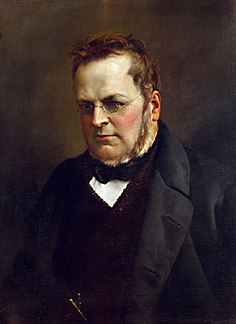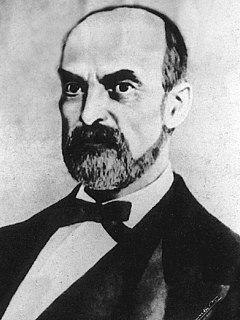| |||||||||||||||||||||||||||||||||||||||||||||||||||||||||||||||||||||||||||||||||||||
All 202 seats in the Chamber of Representatives All 101 seats in the Senate | |||||||||||||||||||||||||||||||||||||||||||||||||||||||||||||||||||||||||||||||||||||
|---|---|---|---|---|---|---|---|---|---|---|---|---|---|---|---|---|---|---|---|---|---|---|---|---|---|---|---|---|---|---|---|---|---|---|---|---|---|---|---|---|---|---|---|---|---|---|---|---|---|---|---|---|---|---|---|---|---|---|---|---|---|---|---|---|---|---|---|---|---|---|---|---|---|---|---|---|---|---|---|---|---|---|---|---|---|
| |||||||||||||||||||||||||||||||||||||||||||||||||||||||||||||||||||||||||||||||||||||
| |||||||||||||||||||||||||||||||||||||||||||||||||||||||||||||||||||||||||||||||||||||

General elections were held in Belgium on 2 April 1939. [1] The result was a victory for the Catholic Party, which won 67 of the 202 seats in the Chamber of Representatives. Voter turnout was 93.3%. [2]

Belgium, officially the Kingdom of Belgium, is a country in Western Europe. It is bordered by the Netherlands to the north, Germany to the east, Luxembourg to the southeast, France to the southwest, and the North Sea to the northwest. It covers an area of 30,688 square kilometres (11,849 sq mi) and has a population of more than 11.4 million. The capital and largest city is Brussels; other major cities are Antwerp, Ghent, Charleroi and Liège.
The Catholic Party was established in 1869 as the Confessional Catholic Party.
Contents
On 22 February 1939, the Pierlot Government succeeded the Spaak Government. The Government was in a political crisis caused by, among other things, the Martens Affair. As the Pierlot Government fell as well and the ministers failed to form a stable government, King Leopold III insisted on a dissolution of parliament, but the council of ministers refused due to fear for electoral losses. It was not Prime Minister Pierlot, but the Minister of the Interior who provided the required contreseing of the royal order of 6 March 1939 which dissolved the Chambers and triggered the snap elections.

Hubert Marie Eugène Pierlot was a Belgian politician and 32nd Prime Minister of Belgium, serving between 1939 and 1945. Pierlot, a lawyer and jurist, served in World War I before entering politics in the 1920s. A member of the Catholic Party, Pierlot became Prime Minister in 1939, shortly before Belgium entered World War II. In this capacity, he headed the Belgian government in exile, first from France and later Britain, while Belgium was under German occupation. During the German invasion of Belgium in May 1940, a violent disagreement broke out between Pierlot and King Leopold III over whether the King should follow the orders of his ministers and go into exile or surrender to the German Army. Pierlot considered Leopold's subsequent surrender a breach of the Constitution and encouraged the parliament to declare Leopold unfit to reign. The confrontation provoked a lasting animosity between Pierlot and other conservatives, who supported the King's position and considered the government's exile to be cowardly.

Paul-Henri Charles Spaak was an influential Belgian Socialist politician, diplomat and statesman. Along with Robert Schuman and Jean Monnet, he was a leader in the formation of the institutions that evolved into the European Union.

Leopold III reigned as the King of the Belgians from 1934 until 1951, when he abdicated in favour of the heir apparent, his son Baudouin. From 1944 until 1950, Leopold's brother, Charles, served as prince regent while Leopold was declared unable to reign. Leopold's controversial actions during the Second World War resulted in a political crisis known as the Royal Question. In 1950, the debate about whether Leopold could resume his royal functions escalated. Following a referendum, Leopold was allowed to return from exile to Belgium, but the continuing political instability pressured him to abdicate in 1951.
After the election, Pierlot continued as Prime Minister. The elections were the last ones before the Second World War.



















